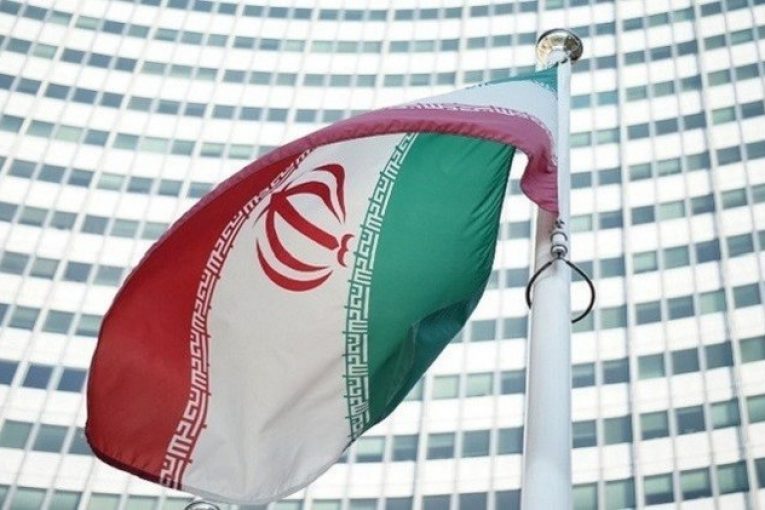
اعداد : د. اياد المجالي- جامعة مؤتة – الاردن
- المركز الديمقراطي العربي
- مجلة مدارات إيرانية : العدد الحادي عشر آذار – مارس 2021 المجلد 3, دورية علمية محكمة تصدر عن المركز الديمقراطي العربي ألمانيا –برلين” .تعنى بالشأن الإيراني داخليا واقليميا ودوليا.
-
فصلنامه مدارات إيرانية فصلنامه أي علمي از طرف مركز دمكراسي عربي برلن منتشر مي شود.
للأطلاع على البحث “pdf” من خلال الرابط المرفق :-
ملخص :
ناقشت الدراسة اثر البعد الايديولوجي في الاستراتيجية الإيرانية تجاه الصراع الداخلي الدائر في سوريا خلالؿ الفترة الممتدة من 2011 -2020 , تناولت طبيعة العلاقات الايرانية السورية وتداعيات الازمة عليها, وانتقالها الى مستويات غير تقليدية في حجم التوافق والانسجام, اضافة الى تحديد ابرز ملامح البيئة الداخلية والقوى الفاعلة في المشهد السياسي وخلفية الازمة وربطها بالحضور الايراني في تفاعلات الصراع نتيجة التوجه السياسي العقائدي الطائفي الايراني الذي انتج حجم هائل من التصدع في العلاقة مع القوى السياسية السورية وحشد القوى الخارجية الدينية المتشددة والمناهضة للنظام السياسي الحاكم في دمشق.
اظهرت مؤشرات التدخل الايراني في سوريا والاثار الناجمة عن توظيفها للبعد الايديولوجي في التعاطي مع الصراع القائم في سوريا, والادوات التي استخدمها النظام السياسي الايراني في هذا المسار من استراتيجيتها في سوريا والمنطقة, باستثمار بعض المتغيرات الإقليمية والدولية – احتلال العراق من قبل الولايات المتحدة الامريكية – التي جعلت من منطقة الشرق الأوسط أرضيةٍ خصبة للتدخلات الإيرانية, ولقد تم تقسيم الدراسة إلي أربعةٍ فصول بالإضافة إلي الفصل التمهيدي والخاتمة والتوصيات، حيث تناول الفصل التمهيدي النظام السياسي الإيراني وجاء الفصل الاول ليتحدث عن المذهبية في السياسة الخارجية الايرانية
Abstract
The study discussed the effect of the ideological dimension on the Iranian strategy towards the internal conflict raging in Syria during the period from 2011-2020, it dealt with the nature of the Iranian-Syrian relations and the repercussions of the crisis on them, and their transfer to unconventional levels in the size of consensus and harmony, in addition to identifying the most prominent features of the internal environment and the active forces In the political scene and the background of the crisis, and linking it to the Iranian presence in the interactions of the conflict, as a result of the Iranian sectarian political, ideological orientation, which has produced a tremendous amount of fissures in the relationship with the Syrian political forces and the mobilization of extremist religious external forces against the ruling political system in Damascus .
indicators of Iranian interference in Syria and the effects resulting from its use of the ideological dimension in dealing with the ongoing conflict in Syria, and the tools used by the Iranian political system in this path of its strategy in Syria and the region, by investing some regional and international variables – the occupation of Iraq by the United States of America – which It made the Middle East a fertile ground for Iranian interference, and the study was divided into four chapters in addition to the introductory chapter, the conclusion and the recommendations. The introductory chapter dealt with the Iranian political system and the first chapter came to talk about sectarianism in Iranian foreign policy.
